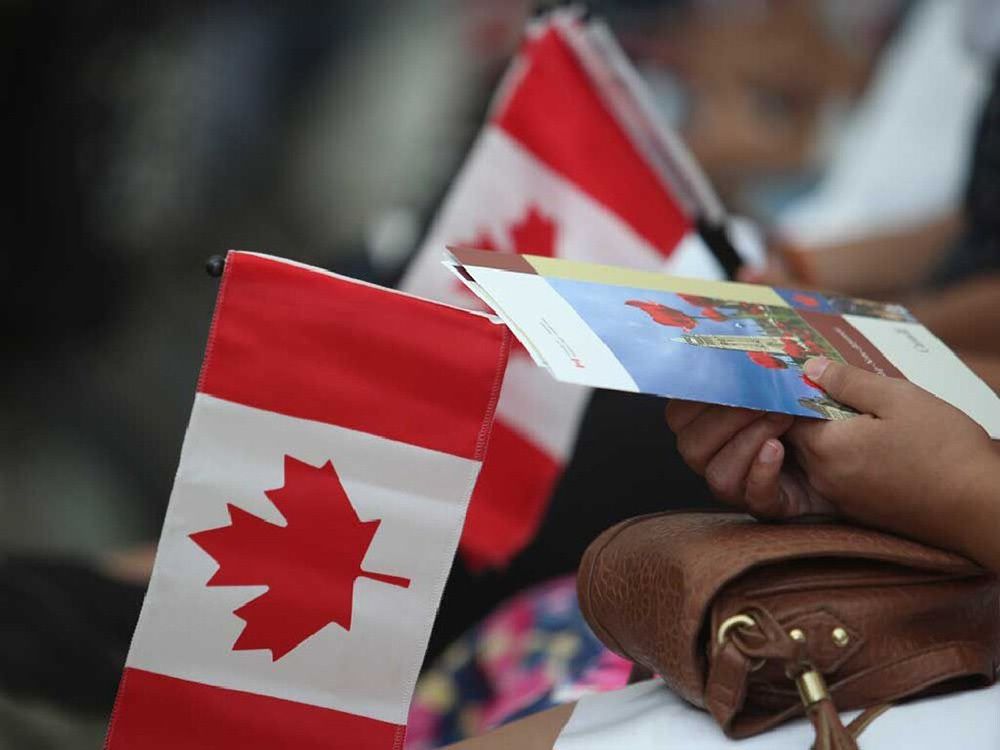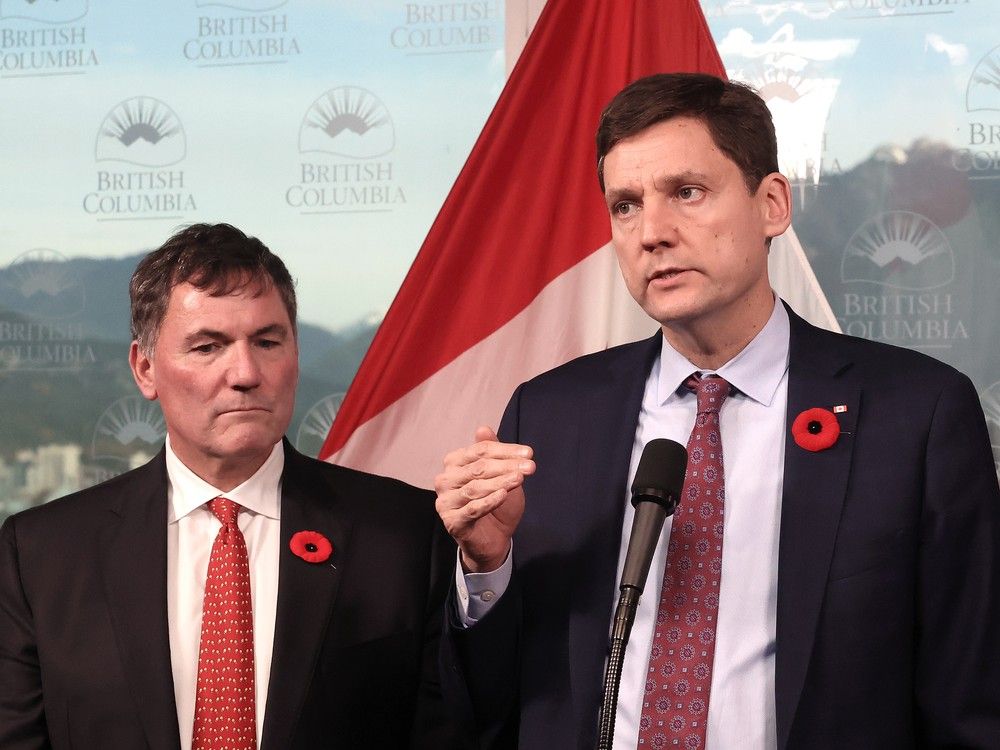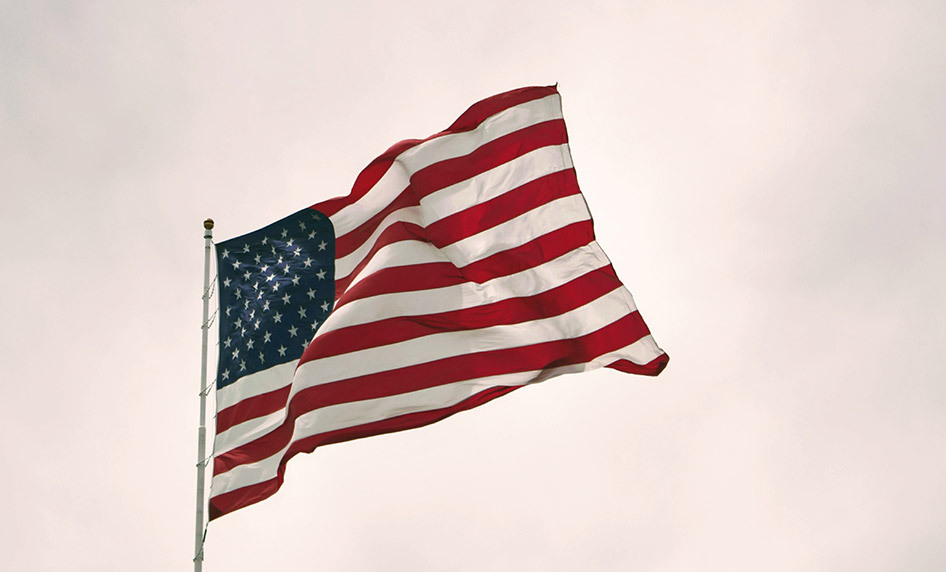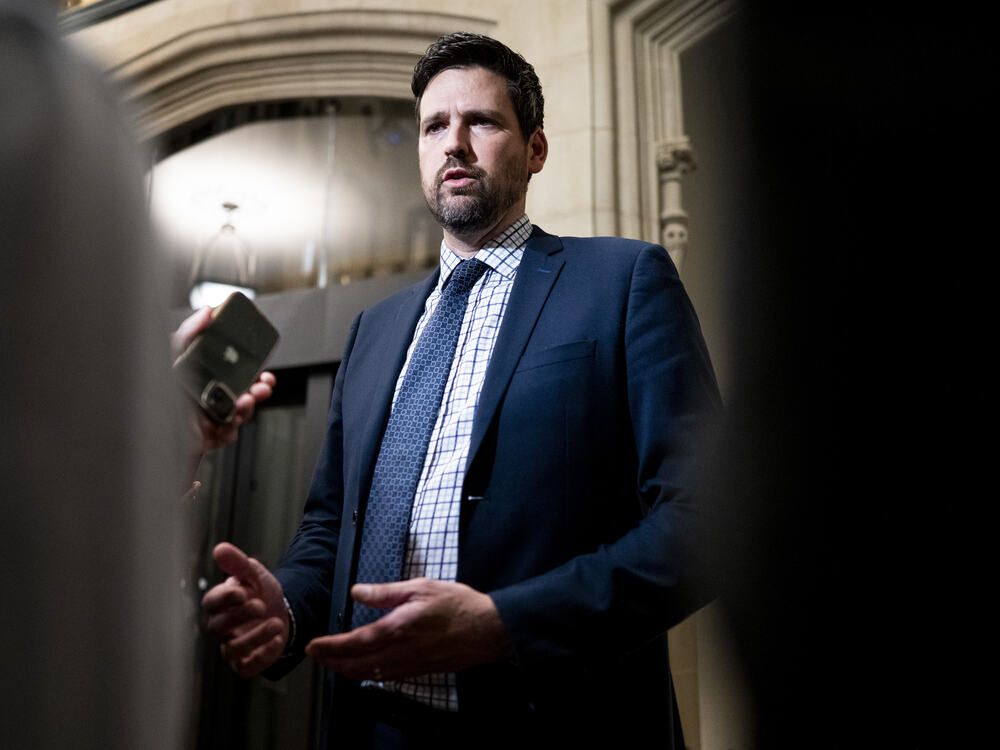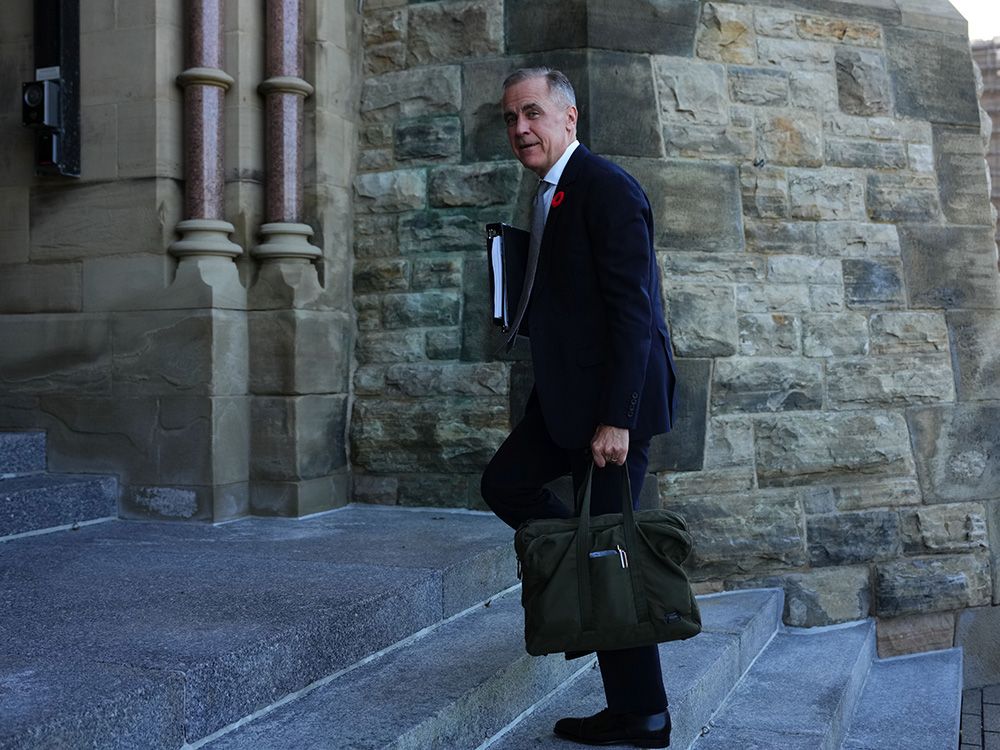
OTTAWA — Prime Minister
is billing his first budget as bold, but it won’t come cheap.
The
, unveiled Tuesday after months of delay, forecasts a $78.3-billion deficit for fiscal 2025-26, the third highest in Canadian history and the highest ever in a non-pandemic year. The projected deficit is within the range of non-government estimates from recent months.
The budget also revealed new government forecasts that call for modest dips in Canada’s annual deficits over the next four years, but a new $320-billion mountain of debt that will be added to the national balance sheet before the end of the decade.
Finance Minister François-Philippe Champagne said this budget marked a “generational investment” so that Canada could supercharge its economy. The deficit forecasts, he said, are “in the range people expected.”
Big chunks of this year’s deficit and the expected new red ink over the next few years can be attributed to the government’s efforts to invest in building a stronger economy that is better equipped to export beyond the United States. Those measures, largely designed to lure at least $500-billion in private investment over the next five years, included investments in infrastructure and housing, spending on skills upgrades for those hit by trade friction, defence expenditures, reducing business costs by allowing more aggressive write-offs, and already-announced cuts to personal income taxes.
But the government’s fiscal numbers have also been rammed by a number of broader economic waves: a slowing global economy, sluggish forecasts for Canada, a decade of weak productivity and corporate investment, and, of course, trade friction with the United States and China.
The net result, according to the budget, is a “weakened” Canadian economy that will produce gross domestic product (GDP) growth of just a hair above 1 per cent this calendar year and next, compared to the 2 per cent that was forecast in the Fall Economic Statement a year ago.
The new economic landscape has meant a cut of $7 billion a year in federal revenue, compared to the figures provided in last year’s economic statement.
It has also meant the addition of new clouds to a fiscal situation that was already dark.
Overall, Ottawa has now accumulated 1.27-trillion in debt, almost half of it within the last five years. With Tuesday’s deficit forecast for this year, the federal government is now on track to have amassed $593.1-billion in debt over the last five years, or 46.7 per cent of the total debt from throughout Canadian history. More than half of that debt, or $327.7-billion of it, can be traced back to the fiscal year 2020-21 that included the start of the pandemic and the various policies that followed.
Canada’s debt will cost taxpayers an estimated $53.4-billion this year in interest payments. Those interest costs are expected to climb to $76.1-billion by the end of the decade as the government expects it will add to the national debt by about 25 per cent over that period.
Conservatives have increasingly focused their criticisms on government deficits and their link to inflation. In Monday’s Question Period, opposition MPs told cabinet ministers that Canadians want “an affordable budget for an affordable life.”
Many economists are also concerned about Canada’s fiscal situation, although there’s also recognition that there is more of an emphasis this year on investments that should benefit the economy for years to come.
The government has in recent weeks been trying to prepare Canadians for the latest grim fiscal news and to avoid some of the associated political fallout.
In a pre-budget speech last month at the University of Ottawa, Carney said that Canada had been put in a difficult position by U.S. tariffs and that it was now time for bold action that would lead to a stronger economy for the long term.
“Now is not the time to be cautious because fortune favours the bold.”
In an effort perhaps to underpromise and overdeliver, Carney also spoke in recent days about how it was time for Canadians to sacrifice, although the budget produced few measures along those lines.
Champagne has emphasized that Canada’s fiscal position is stronger than other G7 countries and has quoted foreign policy makers who said that Canada is one of the few countries with the capacity to invest. Only Japan has a lower deficit-GDP ratio within the G7.
Tuesday’s budget also formalized the government’s move to begin separating day-to-day operational spending and capital investments, those expenditures geared more towards boosting long-term growth. Carney has said that this budgeting change will make it easier to distinguish between regular spending on services and “investments.”
Critics, however, say the move was designed to allow the government to claim that it has balanced the operational side of its books within three years, with the focus no longer on the actual full budget.
National Post
Our website is the place for the latest breaking news, exclusive scoops, longreads and provocative commentary. Please bookmark nationalpost.com and sign up for our daily newsletter, Posted, here.




